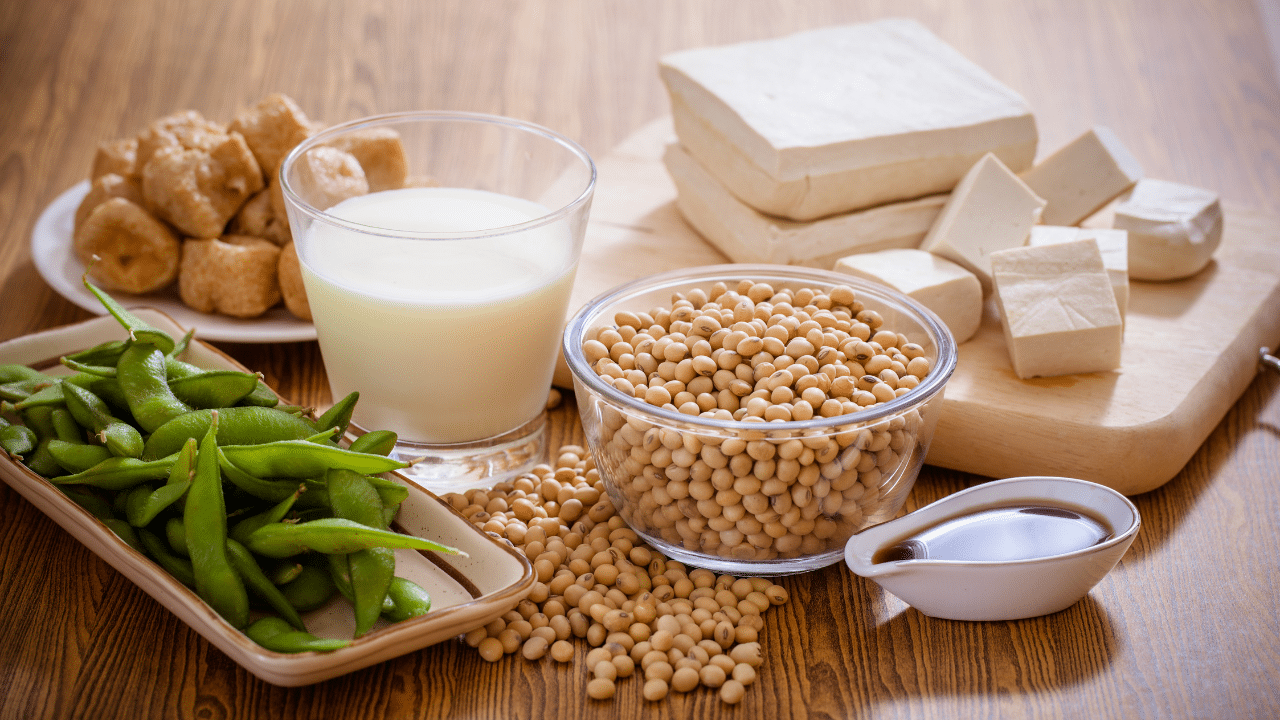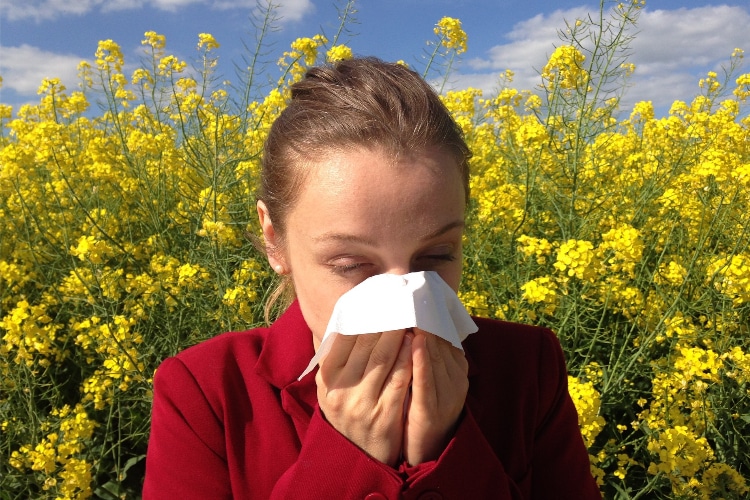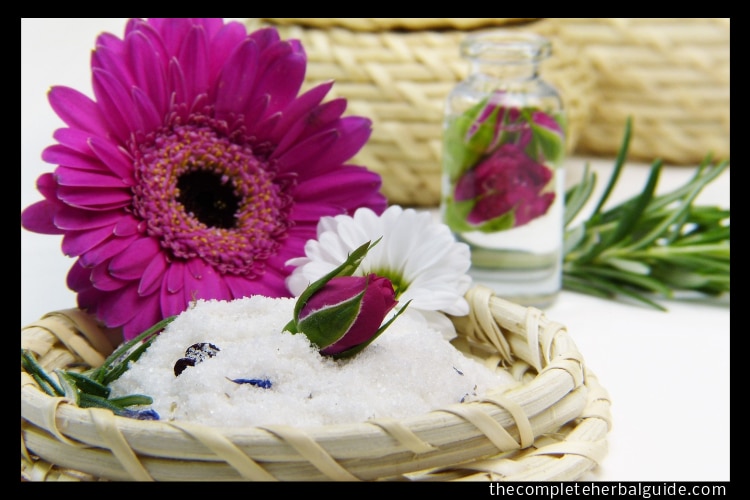
How To Relieve Seasonal Allergies
Table of Contents
What is a seasonal allergy?
The definition of a seasonal allergy is an immune system reaction to a natural substance in the environment that occurs during a particular time of the year. The allergen, which triggers the allergy, “is released at a time point that’s associated with the growth of a plant.
Symptoms:
- Itchy eyes
- runny nose
- sneezing
- coughing
- scratchy throat
The difference between a seasonal allergy and other allergies
The difference between a seasonal allergy and other allergies is that a seasonal allergy will stop at some point, depending on where you live and the substance to which you’re allergic, Shearer explains. It may be harder to tell when a seasonal allergy begins and ends in the South because the seasons blend into one another, whereas in the North, the changing of the seasons is more distinct.
About the Condition
This condition, which occurs during the spring, summer, and early autumn and usually lasts for several weeks, is caused by pollens that enter the nasal passages and cause a hypersensitivity reaction. Conventional treatments include oral decongestants, antihistamines, topical steroid sprays, and desensitization.
Here are top ways to relieve allergies the natural way.
Herbal Treatment
Butterbur
Butterbur is a perennial shrub that grows in Europe, Asia, and North America. It is used primarily for migraine prevention and for a chronic cough or asthma. The main active constituents are petasin and isopetasin which are believed to reduce smooth muscle spasms and have an anti-inflammatory effect.
Butterbur also contains pyrrolizidine alkaloids which are associated with liver toxicity and carcinogenesis and considered unsafe. Extracts are available in which the pyrrolizidine alkaloids have been removed. Butterbur is often not the first complementary and alternative (CAM) treatment used for seasonal allergies such as hay fever. In fact, butterbur is in the same botanical family as ragweed and could theoretically trigger an allergic reaction.
Nettle (Urtica dioica)
Nettle has enjoyed a long history as a treatment for seasonal allergies. Be careful not to confuse this herb with another species, U. Urens, which contains high levels of leukotrienes and histamine. If you decide you need an antihistamine but want a natural option, stinging nettle (Urtica dioica) behaves in much the same way as many of the drugs sold to treat allergies, but without the unwanted side effects of dry mouth and drowsiness.
Nettle actually inhibits the body’s ability to produce histamine. It’s a common weed in many parts of the United States, but the most practical medicinal form is a freeze-dried extract of the leaves sold in capsules.
Echinacea (Echinacea purpurea)
Also known as purple coneflower, this Native American herb is one of the best immune enhancing supplements you can take. Echinacea has been the subject of more than 50 years worth of study and has clearly demonstrated an ability to increase the production of a number of T-cells and their distribution in the blood.
Quercetin
A natural plant-derived compound called a bioflavonoid, quercetin helps stabilize mast cells and prevents them from releasing histamine. Quercetin also is a natural antioxidant that helps mop up molecules called free radicals that cause cell damage, which can lead to cancer.
Citrus fruits, onions, apples, parsley, tea, tomatoes, broccoli, lettuce, and wine are naturally high in quercetin, but allergy sufferers will most likely need to use supplements to build up enough of this compound to prevent attacks. It’s best to start treatment six weeks before allergy season.
Those with liver disease shouldn’t use quercetin, so please consult your doctor before using this or any other supplement — especially if you are pregnant or nursing.
Ephedra (Ephedra sinicia)
Also known as mahuang, the generic name of this herb may be familiar since a synthetic version of its primary alkaloid, ephedrine can be found in many conventional remedies as pseudoephedrine. This herb has been used to treat bronchial and inflammatory disorders in Chinese medicine for more than 5,000 years.
In fact, ephedra is often used to treat asthma. Note: Ephedra can raise both systolic and diastolic blood pressure and can cause excitability in some individuals.
Garlic (Allium sativum)
The antiviral properties of garlic have been well examined for many years. Recent Japanese studies have found that aged garlic extract stimulates NK activity and a potent antimicrobial action against bacteria and yeasts. Garlic owes its efficacy to allicin, a byproduct derived from the amino acid alliin reacting with the enzyme alliinase.
The biosynthesis of these constituents, however, can be unstable in their natural state. Raw garlic is certainly good for you and has several health benefits to offer otherwise, but the enzyme necessary to produce allicin is usually destroyed in the stomach before the conversion can take place. For this reason, enteric-coated tablets of dried or powdered garlic tablets are the best form of supplementation to take advantage of this herb’s immune-boosting qualities.
Note:
Garlic and other alliums can raise or lower blood sugar levels. Consult your health care practitioner if you are diabetic or hypoglycemic.






